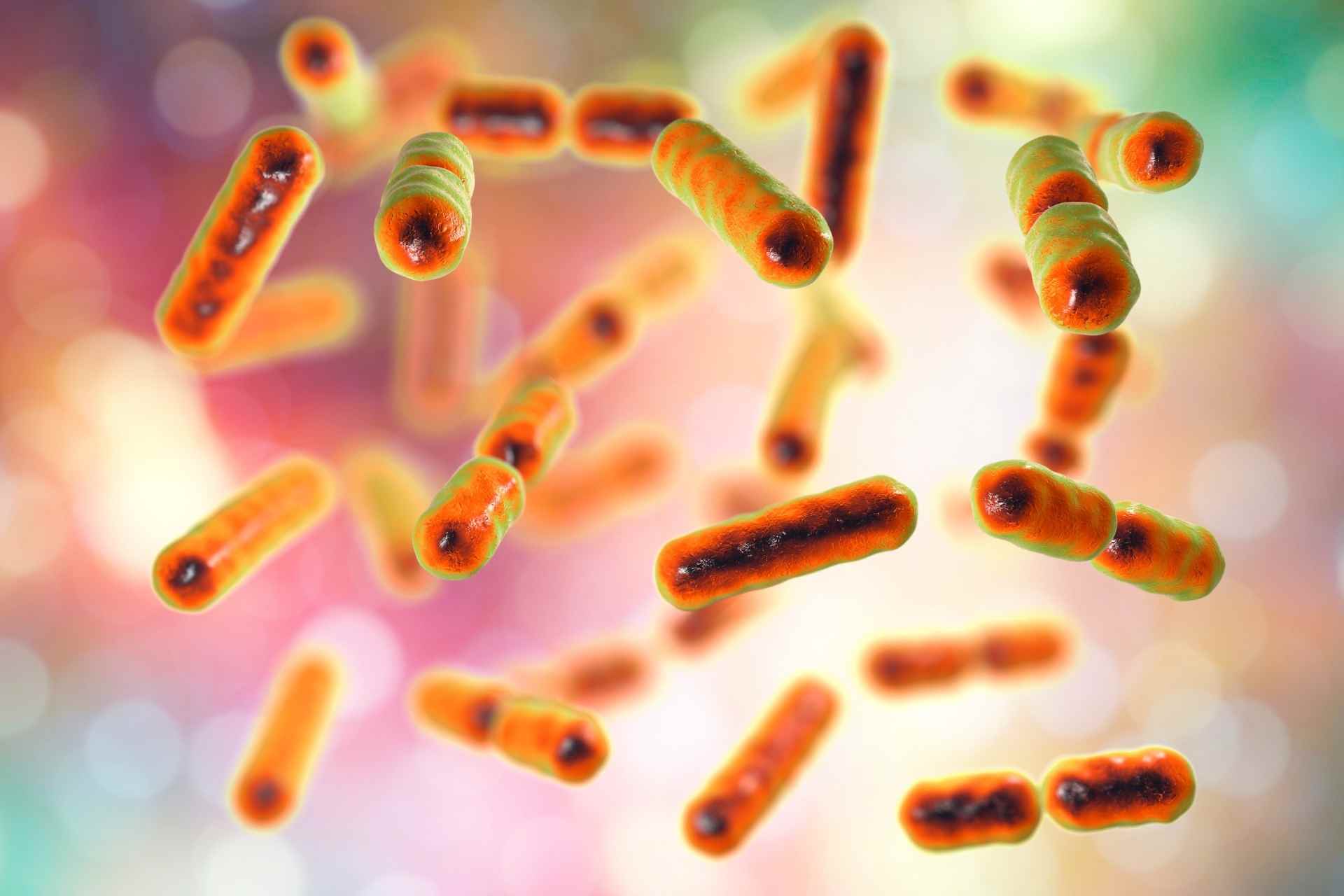What is already known
About 1 in 4 people worldwide suffer from nonalcoholic fatty liver disease (NAFLD) — a range of conditions caused by the build-up of liver fat in people who drink little or no alcohol. The gut microbiota is able to produce substantial amounts of ethanol, which might contribute to the development of NAFLD. However, because microbiota-derived ethanol levels in peripheral blood are generally very low, the role of gut microbes in the development of NAFLD has remained poorly understood.
What this research adds
Researchers examined microbiota-derived ethanol in individuals with and without NAFLD. They found that gut bacteria produce ethanol that is detectable in the portal vein, which drains the blood from the gut, gallbladder, pancreas and spleen to the liver, but not in peripheral blood of people with NAFLD. Certain bacteria such as Lactobacillaceae may contribute to NAFLD, the researchers found.
Conclusions
The findings suggest that, in some people, microbial ethanol can contribute to the development of NAFLD.
About 1 in 4 people worldwide suffer from nonalcoholic fatty liver disease (NAFLD) — a range of conditions caused by the build-up of liver fat in people who drink little or no alcohol. New research reveals that, in some people, ethanol produced by gut microbes can contribute to the development of NAFLD.
The findings, published in Nature Medicine, may help to develop noninvasive diagnostic approaches for NAFLD as well as new therapeutic avenues to target gut microbes producing high levels of ethanol.
NAFLD can lead to serious liver damage, including cirrhosis — a liver disease in which healthy liver tissue is replaced with scar tissue. The gut microbiota is known to produce substantial amounts of ethanol, which might contribute to the development of NAFLD. However, because microbiota-derived ethanol levels in peripheral blood are generally very low, the role of gut microbes in the development of NAFLD has remained poorly understood.
Max Nieuwdorp at the University of Amsterdam and his colleagues examined microbiota-derived ethanol in individuals with and without NAFLD.
Blood ethanol
The team enrolled 146 people who had bariatric surgery — which includes gastric bypass and other weight-loss surgeries. Of these individuals, 37 had blood from the portal vein drawn on the day of surgery. The portal vein drains the blood from the gut, gallbladder, pancreas and spleen to the liver.
The researchers also validated their results in a group of 51 people for whom both portal vein blood and liver biopsies were available.
Microbial-derived ethanol was detected in portal vein blood, but not in peripheral blood, of people with NAFLD. “In individuals with NAFLD, ethanol concentrations were 187 times lower in peripheral as compared to portal vein blood,” the researchers say.
The findings, they add, “show that the liver has a large capacity to metabolize ethanol, as reflected by the concentration difference between peripheral and portal vein blood.”
Producing alcohol
To identify which gut microbes may contribute to ethanol production, the team sequenced microbial DNA from gut tissues of study participants. Streptococcus and Lactobacillus species tended to be associated with NAFLD and blood ethanol concentrations, whereas the levels of Clostridiales bacteria were low in people with NAFLD.
However, despite these associations, the team didn’t identify specific bacterial strains that produce high levels of ethanol. “Although it has been shown that a multitude of bacterial strains can produce ethanol, including species belonging to lactic acid bacteria, the specific conditions that trigger this fundamental but dynamic pathway along the human digestive tract require further research,” the researchers say.
Regardless, they add, “we conclude that the human gut microbiota produces large amounts of ethanol that might be clinically relevant for the pathogenesis of NAFLD.”









